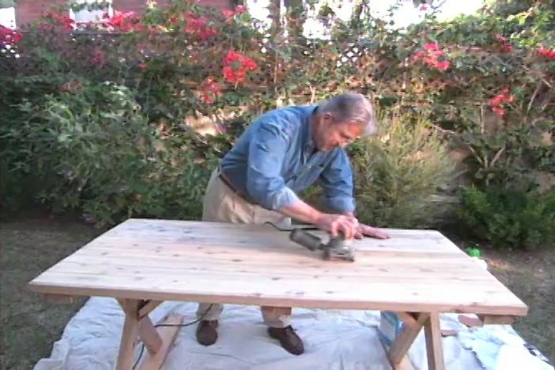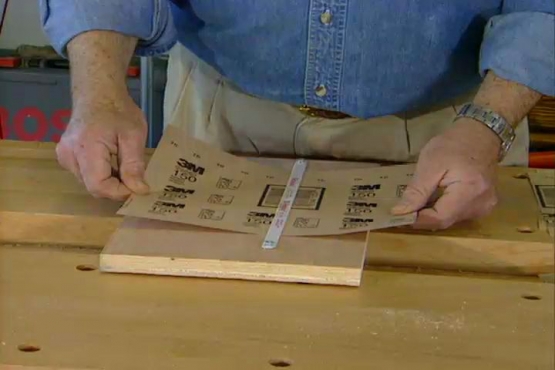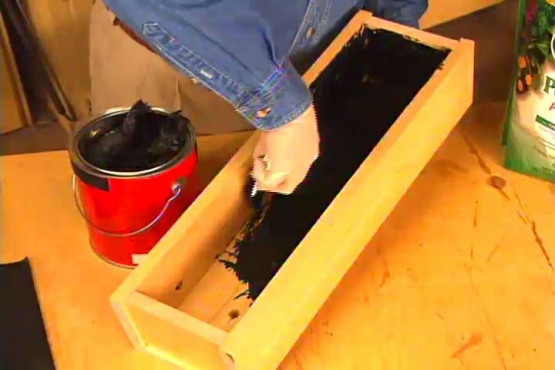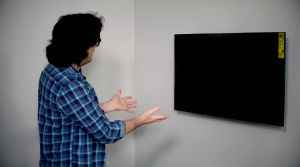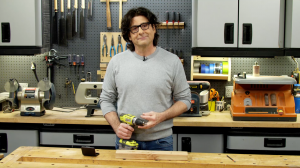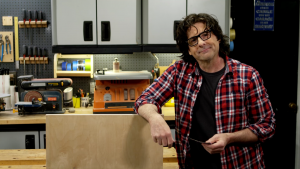RON HAZELTON:
Well, spring is just around the corner and that's gotten me thinking about outdoor living. But when I took a look at my outdoor furniture, I realized well, it had taken quite a beating over the winter, so it's time to give it a face lift.
Now this is a two step process. First I'm going to clean and brighten it, and then restore the color. Because the wood is very dry, I'm going to wet it, so the solution I'm about to apply will be absorbed more evenly and will not dry out too quickly.
I'm also wetting down the patio to dilute any runoff. This cleaner and brightener will do two things. Remove accumulated dirt and restore the sun and weather darkened surface to something closer to its original color. I'm going to apply the material with a pump sprayer, starting near the bottom and working upward to avoid drips and streaking.
After letting the solution sit for a few minutes, it's time to do a light scrubbing to loosen stubborn soil and sun damaged wood cells. For harder to reach spots, I use smaller brushes. It's really the cleaner and brightener though that's doing most of the work. That's really evident when it comes time for rinsing. The old surface is washed away, revealing fresh, bright wood underneath. I've given the furniture plenty of time to dry. Now for a little light sanding with 100 grit paper.
Both the weather and the water I've just used have raised the grain. The idea is to even out the surface a bit, but not over sand it. Making it too smooth could prevent the wood from adequately absorbing the finish. The tight spots, I sand by hand in the direction of the grain.
You know, I'm just amazed at what a difference a cleaner and brightener can make on outdoor furniture, even though it may look really bad like this one did, to begin with. Now I want to put a protective coating on here and add some color back and I'm gonna do that in one step using not a liquid, but a gel stain like this one. Now one big advantage to this when you're using it on things that have a lot of slats, no drips. I find that a brush works well for applying the gel stain to the edges and getting in between the slats and into tight spaces.
On the other hand, the applicator pad that comes with the stain is ideal for putting the gel on flat surfaces. The pad spreads evenly, and does a good job of working the finish into the grain. Now would you believe that this is the same outdoor furniture that we started with and just in case you've forgotten how they looked, well, take a peek.
Not only do they look terrific, but they've got a protective coating on them that will see them through the summer and well beyond.
